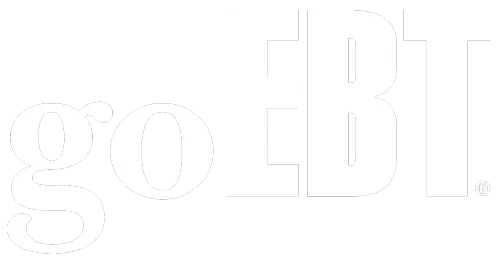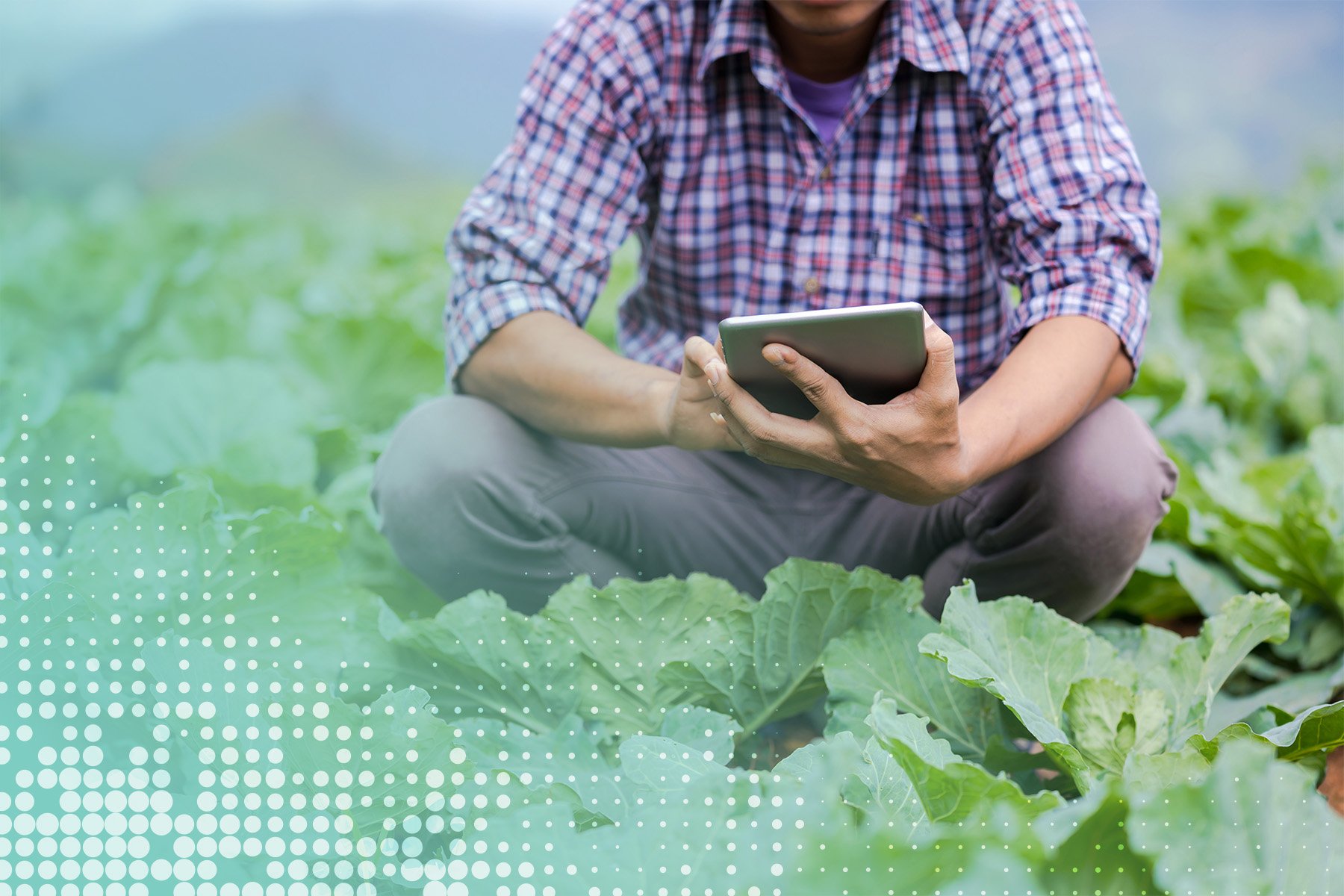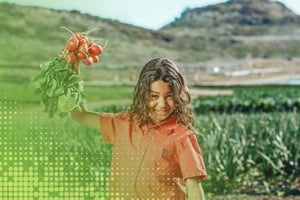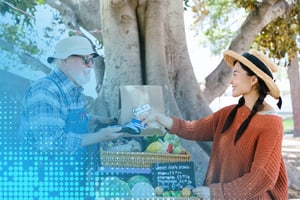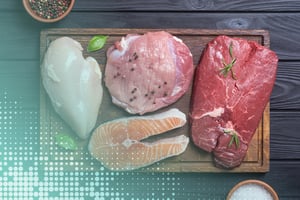Local farmers and the USDA bring fresh local food to schools to enrich the connection communities have with local food producers with the Farm to School grant program. This program was a part of the Richard B. Russell National School Lunch Act, like the National School Lunch Program, that aims to increase nutritional value of school lunches and ensure all students have access to healthy, balanced meals.
How Farmers Leverage Digital Agriculture to Better Food Sustainability
Farmers fuel food sustainability by using digital agriculture platforms that improve farming efficiency and optimize the food supply chain. Technology has been optimizing every area of our lives since the digital revolution began, so it only makes sense that this idea made its way into our food system. Here are some ways that digital agriculture can improve food sustainability…
Improves yields
Farmers can use technology to track various yields. This way, they can run trials with different fertilizers, harvesting methods, or improved seeds to determine which combination works best. Then, farmers will be able to determine which method produces the highest yield and can use that method going forward.
Cuts food loss and waste
Optimizing the harvesting process is a great way to maximize yields and reduce food waste. By learning which method best improves yields, farmers can continuously produce maximum yields, therefore reducing food loss. This is a great way to produce as much as possible.
Helps farmers receive fair pay
Digital agriculture helps farmers receive a fairer pay by lowering transaction costs and providing more information to optimize their yields, which prevents loss. It also can ensure that their crop ends up in the correct market at the correct price. This technology also improves food security, yields, and creates a more environmentally conscious market that allows for a more secure and sustainable market for farmers to receive fair pay from.
Improves food security
By maximizing yields and optimizing the supply chain, digital agriculture can in turn improve food security. Farmers minimize waste by tracking yield data and constantly optimizing farming processes which allows for more food to successfully make its way to the market.
Farm-to-table tracking
Another cool benefit of this technology is that it can allow farmers and consumers to track the produce. They can watch the production and travel process from seed to consumer delivery. This is an interactive way for farmers to ensure their produce successfully and safely arrives to the consumer and a neat way for consumers to make environmentally conscious purchases and watch their produce go from farm to table.
While digital agriculture does have several benefits, there are also a few drawbacks. For one, we need to make sure we create a fair market where this technology would be available to all and would not make an already existing divide worse. There are also data privacy and security issues, but if we work to overcome these obstacles then the benefits should outweigh the consequences. The main benefit of achieving a sustainable and secure food system makes the risk of digital agriculture seem worth it. If we can achieve food security, we can continue to build a healthy and sustainable future that benefits both farmers and consumers.
Read More About Food Sustainability
